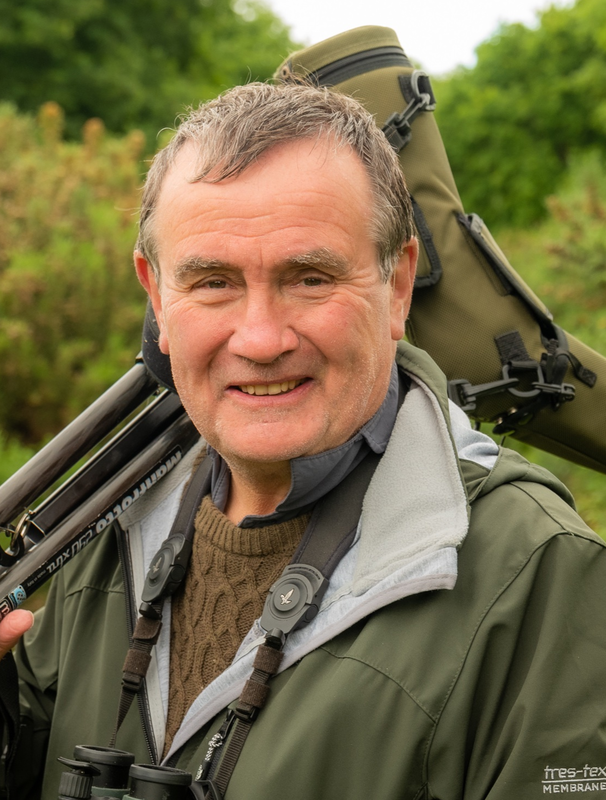 Birding routes around Barbate Estuary
Birding routes around Barbate Estuary With competition from Bahia de Cadiz (which has far more birds) and the Sanlucar area (home to more sought after species plus a better chance for close-up views), I don't explore the Barbate estuary as often as I probably should. It doesn't help that it's a little quicker to get to Bahia de Cadiz and, given I often visit Jerez, not that much further to Bonanza/Sanlucar. However, since Bald Ibis began nesting at La Barca (near Vejer de la Frontera), the temptation to continue on down to Barbate – a mere 10 minutes by car – has grown. One option is to walk along the river between La Barca and Barbate which is roughly 11 km one way (inc. 1.5 km along the road between La Barca and the footpath). The first c4 km near Barbate takes you along the tidal part of the river and an area with, in spring at least, plenty of pools and the last section of the path, shown by a green dotted line, has plenty of pools (a) along the final kilometre. However be prepared for a c3 km stretch between these two areas which is less interesting. I've not tried it yet, but according to the map there are two shorter loops of c4km (in red on the map) or 7 km (red and orange on the map) from Barbate. Either should be interesting (esp. in spring) although both miss out some potentially good habitat. My interest in the estuary has increased further since my good friend LuisMi Garrido Padillo showed me where to access this sendero (footpath) and a more convenient place to scan the estuary (b) without the tiresome necessity of driving through the town. Arriving from La Barca/Vejer go past the small industrial estate, then the petrol station and on to a roundabout at the start of Barbate where you head back towards the industrial estate turning off along a dirt track through the pines. (Note that turning left as you first pass this track is illegal and if caught may incur a fine). Follow this track turning right when you reach a building and then through a gateway and across a cattle grid to park under a couple of large eucalyptus trees. The footpath (see map) takes you along the edge of the estuary and up the river past some large areas of mud and wet meadow. This gives you plenty of opportunities to see a good variety of birds – I've had Osprey, Black-winged Stilt, Greenshank, Dunlin, Curlew Sandpiper, Kentish Plover, etc., Spoonbill, Flamingo, Mediterranean Gull, Caspian Tern, Spanish Yellow Wagtail, Short-toed Lark, etc., but I've merely scratched the surface as yet.
It can be worth stopping by the bridge (c) as you leave Barbate towards Zahara de los Atunes, but you have to pull off on to a track on the right some 450m beyond the bridge to do so. Fortunately a path runs from the track to and under the bridge which avoids the tiresome need to walk along the busy road (there's no footpath). I've found the river here good for checking gulls and terns (Caspian Tern often winter). The old salinas here tend to be fairly birdless although it may be worth taking a rough track (opposite the waterworks) across these salinas on the left another 200m further on which looks to be drivable for the first 600m until you reach a broad channel. This track continues for another 500m along the channel. One reason I've never investigated this route (apart from the birdlessness of the old salinas) is that less than a kilometre further on a rough track (d) on the left (just before you reach Restaurante Las Dunas) follows the same broad channel which you can easily check from the car. After about 500m you reach private salinas and can go no further,but this section can be good for waders, Spoonbills, etc. Another kilometre further on (and roughly opposite a third boardwalk down the the beach and marked by a roofed noticeboard) there's a second track (e). A very rough track heads straight towards the shore of the estuary here, but instead take better alternative that swings to the left and then to the right round behind the nearby houses to reach the same point. The marshes here can have good numbers of roosting gulls (inc. Audouin's and Slender-billed) plus all the expected waders. For further details see my notes on the area.

 RSS Feed
RSS Feed
